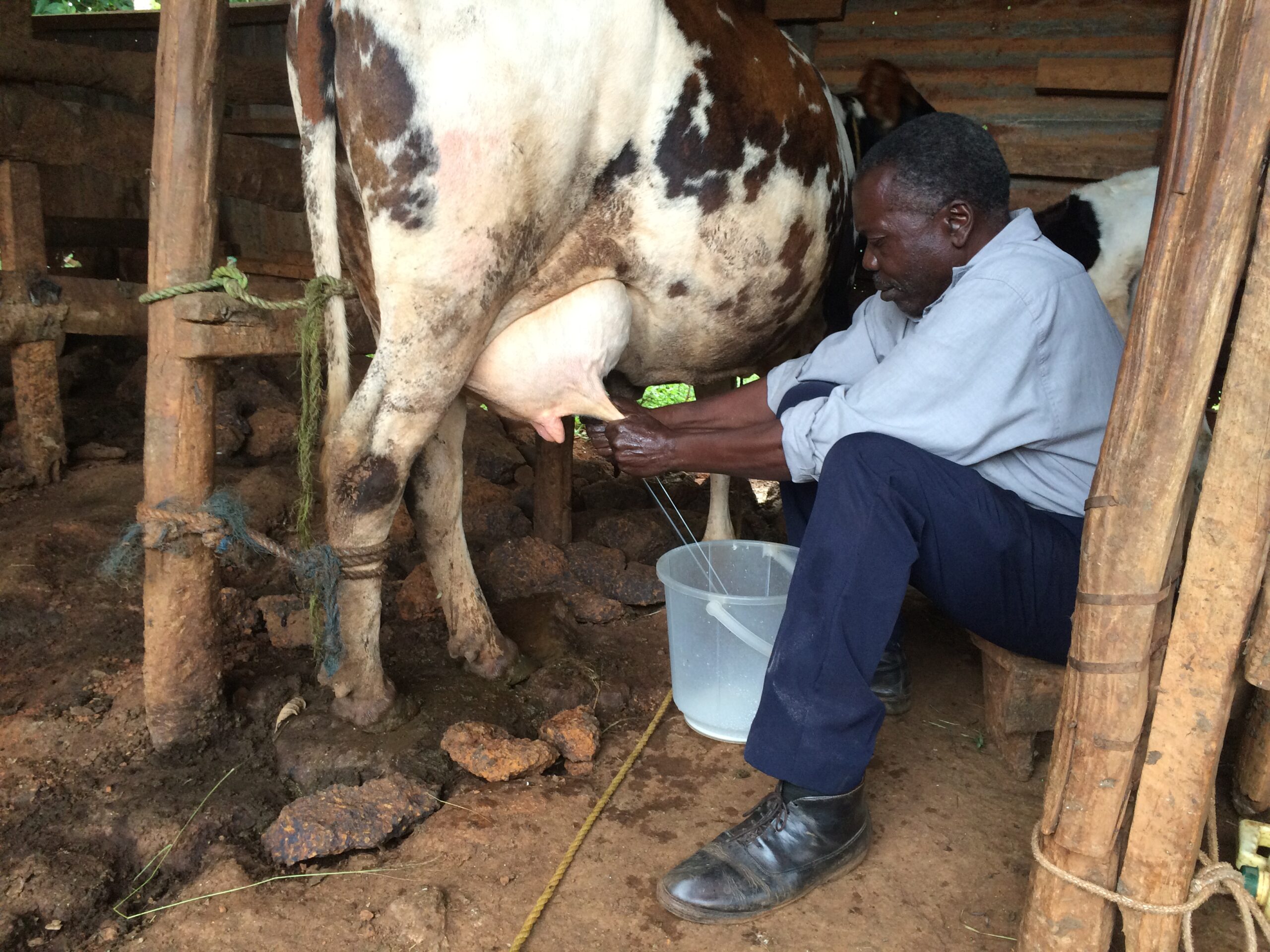
How can CAADP implementation help countries achieve the SDGs and become resilient to climate change?
Through development of a Computable General Equilibrium and micro-economic simulation model this paper assesses how the implementation of National Agriculture Investment Plans will help to achieve the SDGs, Agenda 2063 and Malabo Declaration.











